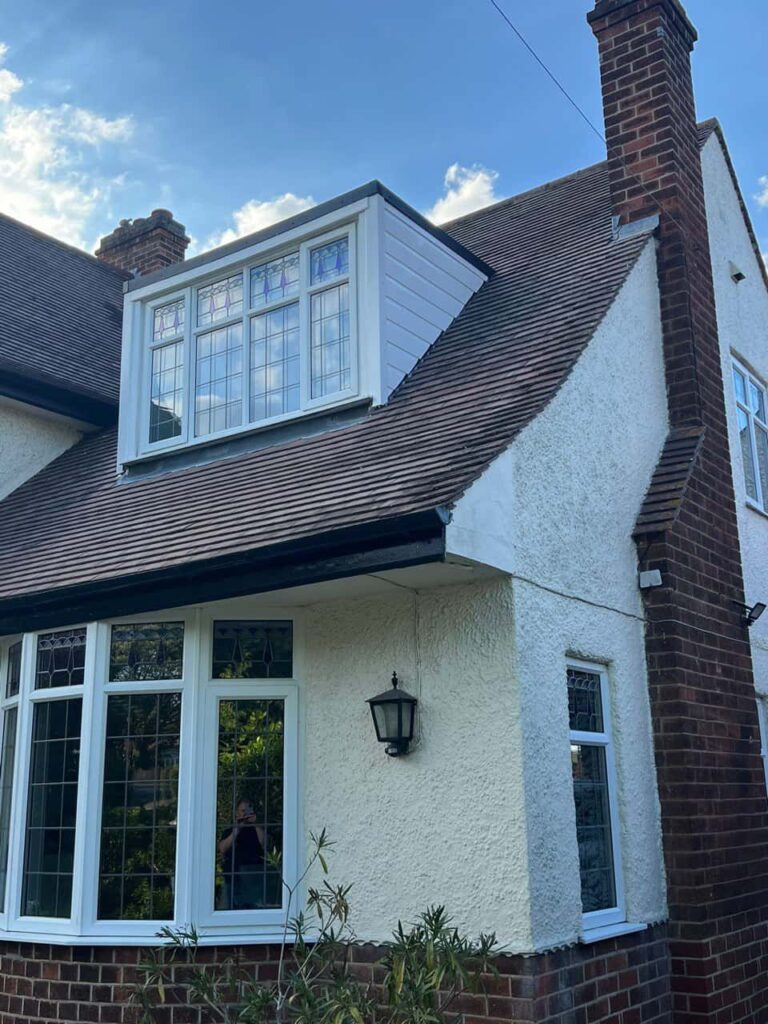Introduction: At Tamworth Roofing Repairs, we understand the critical role that roof underlayment plays in the overall health of your roofing system. While many homeowners focus on visible elements like shingles or tiles, the underlayment is a vital yet often overlooked component. This blog post explores roof underlayment, its functions, and why it is essential for preventing leaks and ensuring the longevity of your roof.
What is Roof Underlayment?
Roof underlayment is installed directly onto the roof deck beneath the primary roofing material (such as shingles or tiles). It acts as a secondary barrier that provides additional protection against moisture and other environmental elements. Underlayment is crucial in safeguarding your home from leaks and water damage.
Types of Roof Underlayment
There are several types of roof underlayment, each with its benefits and suitability for different roofing systems:
- Asphalt-Saturated Felt: This traditional type of underlayment is made from a felt base saturated with asphalt. It is known for its durability and water-resistant properties. It comes in two primary grades: 15-pound and 30-pound, with the latter offering greater protection due to its increased thickness.
- Synthetic Underlayment: Made from polypropylene or polyethene, synthetic underlayment is a newer option that offers superior durability and water resistance compared to traditional felt. It is lightweight, easy to install, and protects against leaks and moisture.
- Rubberised Asphalt: This underlayment is reinforced with rubber polymers, making it highly effective in sealing and protecting against water intrusion. It is particularly useful in areas prone to heavy rainfall or ice dams.
- Underlayment with Self-Adhesive Properties: Some underlayments come with a self-adhesive backing, which enhances their ability to adhere to the roof deck and provides an additional sealant layer against water infiltration.
How Roof Underlayment Prevents Leaks
Roof underlayment plays several crucial roles in preventing leaks and ensuring the overall effectiveness of your roofing system:
- Moisture Barrier: Underlayment’s primary function is to act as a moisture barrier. It prevents water from seeping through the roof deck, which can lead to leaks and damage to the underlying structure.
- Protection from Ice Dams: In colder climates, ice dams can form at the roof’s eaves, causing water to back up and leak into your home. Underlayment with rubberised asphalt or self-adhesive properties protects against ice dams by sealing the roof deck and preventing water infiltration.
- Wind-Driven Rain Protection: During heavy rain and high winds, underlayment helps protect the roof deck from water intrusion, even if the primary roofing material becomes compromised. It acts as a secondary defence line, ensuring your home remains dry.
- Enhanced Roof Longevity: By providing an extra layer of protection, underlayment helps extend the lifespan of your roof. It reduces the risk of damage to the roof deck and minimises the likelihood of costly repairs due to leaks or moisture-related issues.
Proper Installation of Roof Underlayment
For roof underlayment to be effective, it must be installed correctly. Here are some key considerations for proper installation:
- Coverage: Ensure the underlayment covers the entire roof deck without gaps or overlaps. This complete coverage provides consistent protection against water infiltration.
- Seam Overlaps: Ensure that seams are properly overlapped and sealed when installing underlayment. This prevents water from seeping through joints or gaps in the material.
- Secure Attachment: Properly secure the underlayment to the roof deck using staples or nails, ensuring that it adheres firmly and remains in place while the primary roofing material is installed.
- Inspection and Maintenance: As part of your roof maintenance routine, regularly inspect the underlayment for signs of wear, damage, or displacement. Address any issues promptly to maintain the roof’s integrity.
When to Replace Roof Underlayment
Roof underlayment typically lasts for the lifespan of the roof; however, it may need replacement if:
- The Roof is Being Replaced: When replacing or repairing your roof, it is a good opportunity to inspect and replace the underlayment if it shows signs of damage or wear.
- Visible Damage: If you notice any signs of damage, such as tears, holes, or significant wear, it is crucial to address these issues to prevent leaks and ensure proper protection.
- Water Stains or Leaks: If you experience water stains or leaks inside your home, the underlayment may be compromised, and replacement may be necessary.
Conclusion: Roof underlayment is critical in safeguarding your home from leaks and water damage. At Tamworth Roofing Repairs, we recommend regular inspections and proper maintenance to ensure that your underlayment continues to provide effective protection.
Call us on: 01827 949 591
Click here to find out more about Tamworth Roofing Repairs
Click here to complete our contact form and see how we can help you with your roofing needs.

